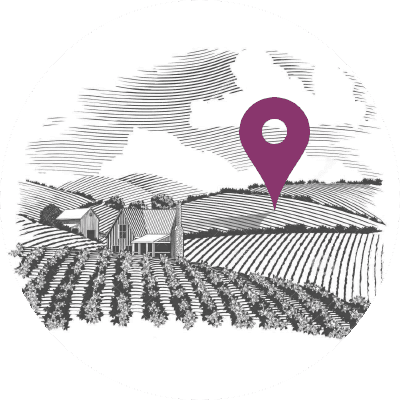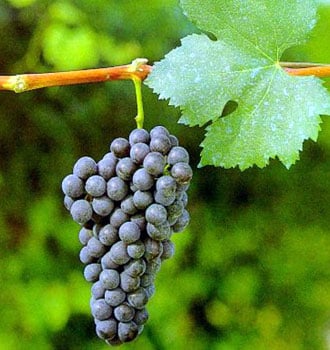Nebbiolo
An error occurred while loading the products.
Reload the products
Reload the products
No products found
Use fewer filters or remove all
Use fewer filters or remove all
Autochthonous
(Locale)

Nebbiolo
| Area type | Autochthonous |
| Color type | Red grape |
| Vigor | Good |
| Features | Leaf: medium or large size: 15-18 cm; Of form between the pentagonal and the orbicular; The leaves of the intermediate knots are generally trilobate; Those of the basal nodes tend to pentalobate, while the sprout and feminine tip leaves are almost full; Open petiole breast, with concave sides, or U, less often in lira; Lateral upper U or lower limbs, lower than V and just mentioned; Top leaf glabrous, slightly vesiculous, opaque green color with ribbed light green, pinkish at the point of insertion at the petiole; Arachnid bottom page, light green; Ribbons 1a-2a-3a cottons and of light green color, with rosy nuances at the insertion point at the petiole; From the fourth onwards, the ribs are no longer protruding; Flat flap, fairly thin, with flat or slightly wrapped lobes; Corner at the top of the almost straight median lobe; In the acute side lobes; Medium-sized teeth, irregular, acute, with medium width.Bunch: medium or large (18-20 cm long); Pyramidal-elongated; Winged, somewhat compact; It often has a very developed wing that in some cases assumes almost the appearance of a second cluster; Peduncle of medium length or less (cm 4-5), semi-high in the first half; Pedicels slightly short, medium thickness, light green color, with very little noticeable, very colorless and slightly verrucous color; Medium thickness brush and length, yellowish color.Acino: medium size (mm 12-14), round but with tendency to the ellipsoid, circular cross section, persistent navel, very pruinose, thin but resistant and tannic; Dark violet color, but that for the wad appears almost gray; Juicy flesh of simple flavor, sweet, acid, astringent, colorless juice. |
| Features wine | From the nebbiolo you get very long wines, ruby red color, soon tending to the garnet with orange nuances. The scent is very intense and elegant, with hints of plum and purple, spiced with scents of undergrowth and mushrooms, ethereal, enriched with goudron notes after aging. With this grape you will find important wines and austere, which taste taste full, warm, tannic and aromatic persistence. |
| Growing areas | It is spread in well-defined areas, Piedmont, Lombardy and Valle d'Aosta. |
| History | The first news of this vine dates back to 1300. The name nebbiolo according to some came from "mist", as its grapes seem almost not clouded by the abundant wolves; According to others, the name would be related to the late maturation of grapes, which often obliges them to harvest at the time of autumn mists. A last, older, version would derive the name nebbiolo from "noble", as this vine makes wine "generous, shaggy and sweet". |
| Notes | Resistance to the disease: somewhat sensitive to the disease, but resistant to deworming. In the very rainy autumn years it can suffer for Botrytis attacks. Like all true "Nebbioli" is quite sensitive to temperature fluctuations, and it prefers sunny sunshine locations, so that maturation is well completed but not overly arid. This is why it is well suited for high and even mountainous locations, as long as sunny and sheltered by cold winds. |
| Productivity | A bit unsteady. If the spring is favorable (not cold and not rainy), productivity is good enough, if the vintage unfolds unfavorable production is poor, because the "Nebbiolo Lampia" is subject to the spinning of flowering bunches and the flowering of flowers. |
| Ripening period | Late, from mid to late October. |
| Synonyms | Chiavennasca, Nebiola, Nebbiolo del Piemonte, Nebbiolo di Carema, Nebieul, Nebieu, Spanna, Picoutener |
| Type | Neutral |

